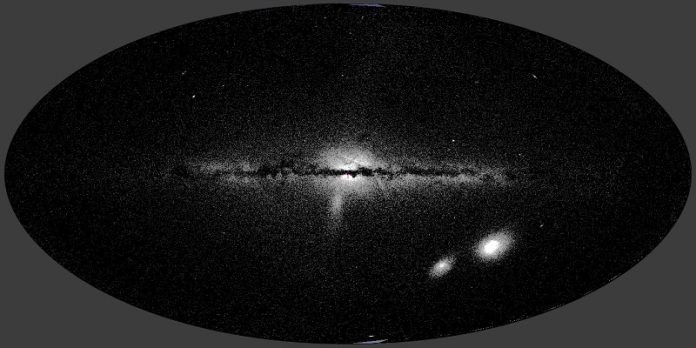
Ever wondered how much a star weighs?
It may sound like an impossible question, but astronomers have found a way to “weigh” a special type of star called RR Lyrae stars.
These are ancient stars, much brighter and bigger than our Sun, and they have a unique way of behaving—they pulse like beating hearts!
RR Lyrae stars are old but interesting characters in our galaxy, the Milky Way.
These stars pulsate, meaning they grow brighter and dimmer in a rhythmic way.
Scientists have always wanted to know how much these stars weigh, but until recently, that’s been a tricky question to answer.
The pulsing in RR Lyrae stars is powered by a sort of “star engine,” something scientists call the kappa mechanism.
It’s a special layer inside the star that controls the energy coming out from the star’s core. When this layer heats up and cools down, the star pulses and its brightness changes.
For a long time, people thought these stars only had one simple way of pulsing—like a basketball bouncing up and down.
This made it hard to study them in detail. But new tools like powerful telescopes have shown that RR Lyrae stars also have more complex, smaller pulses that were overlooked before.
These new discoveries opened the door to “asteroseismology,” a way to study stars by looking at how they pulse.
This is like using earthquakes to learn about Earth’s insides but for stars. With these smaller pulses in the picture, scientists can now use asteroseismology to weigh RR Lyrae stars.
A team of astronomers led by Dr. Henryka Netzel at the Konkoly Observatory in Hungary took on this challenge.
They used data from fancy space telescopes like Kepler, TESS, and Gaia. Then they used a computer program to model the stars’ behavior and see if their theory about these small pulses was right.
And guess what? It worked! They were able to figure out how much these stars weigh, and their results matched up well with what other methods and theories had suggested.
The stars they studied have masses ranging from half to almost the same as our Sun. This is a big deal because understanding a star’s mass helps scientists know how the star was born, how it lives, and how it will die.
Now that they’ve figured out this method, the scientists plan to use it on other RR Lyrae stars. They hope to compare these stars with others in different life stages to get a fuller picture of stellar evolution—the life story of stars.
So, the next time you look up at the night sky and marvel at the stars, just think: those twinkling lights are not just dots in the sky.
Each has its own “weight” and life story, and scientists are getting better and better at reading those tales. All thanks to the power of asteroseismology and some really smart scientists who’ve figured out how to weigh a star!
The study was published in the journal Monthly Notices of the Royal Astronomical Society.
Follow us on Twitter for more articles about this topic.
Source: Konkoly Observatory.



